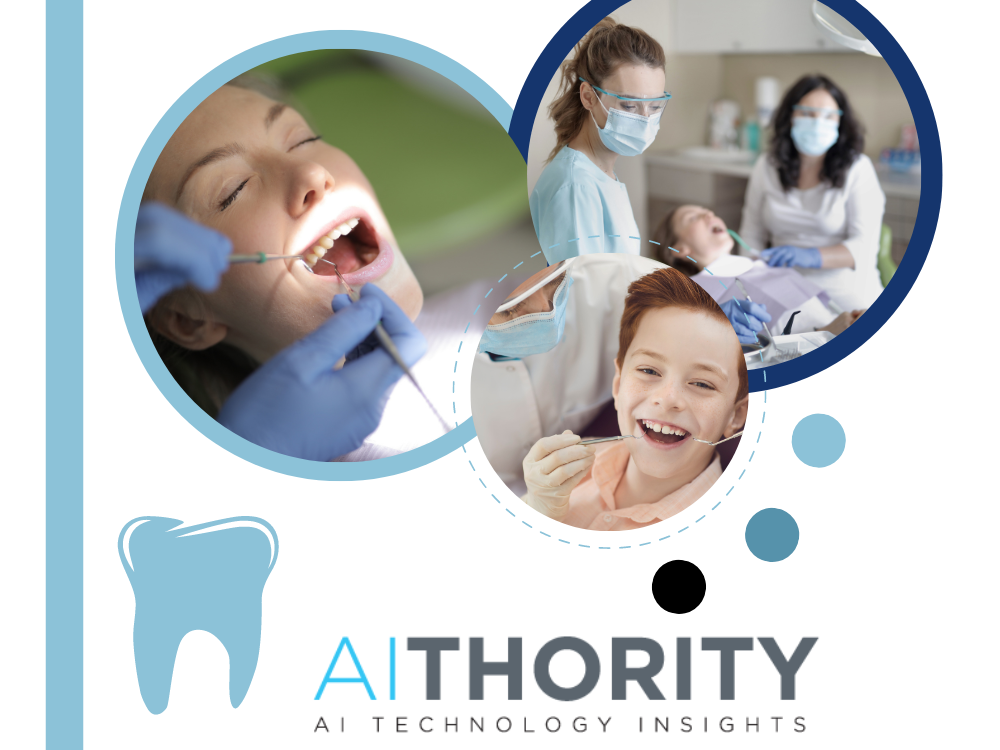Digital Health
Ivy League Researchers develop New-age Micro-robot Swarms for Brushing and Flossing
Micro-robots are coming to take your breath away. No, quite literally! Yes, in a cutting edge development, a team of multi-disciplinary researchers at…


Micro-robots are coming to take your breath away. No, quite literally! Yes, in a cutting edge development, a team of multi-disciplinary researchers at the University of Pennsylvania have demonstrated a hands-free system of micro-robots for dental cleaning, brushing and flossing. The researchers from the School of Dental Medicine and School of Engineering and Applied Science have developed an automated system for the treatment and removal of tooth-decay-causing bacteria and dental plaque. In future, this could completely take away the pain and challenges related to daily task of brushing and flossing, particularly among physically-challenged people with limited movements or limited dexterity.
Read More: MIT Researchers use OpenAI Codex to Build an An ML-based Mathematics Problem-generator

What are Micro-robots System for Oral Healthcare Technology
Micro-robot system developed by the Penn Dental Medicine and Penn Engineering consists of nano-particles of ferrous oxide that act as both magnetic and catalytic substance. Apart from cleaning and flossing dental plaque using magnetic properties, the micro-robot units also product certain types of anti-microbials that stop oral bacterial growth and plaque formation.
The study has been published in the journal ACS Nano.
Recommended Machine Learning: AI Research: Fluid Mixing Optimization Using Reinforcement Learning (RL)
Researchers and medical students, working in the Department of Orthodontics and divisions of Community Oral Health and Pediatric Dentistry in Penn’s School of Dental Medicine used synthetic models of human teeth to understand how micro-robot assemblies turn into shape-shifting systems. These shape-shifting systems eliminate the sticky biofilms that lead to cavities and gum diseases.
Disrupting oral care technology with micro-robots

Microswarm of micro-robots created by the Penn researchers within the Center for Innovation & Precision Dentistry (CiPD) has completely changed the way toothbrushes has been used for millennia. The iron oxide nano-particles catalytically activate hydrogen peroxide to release free radicals that can kill tooth decay-causing bacteria. These further degrade the dental plaque biofilms. This catalytical nano-particles were advanced into building blocks of magnetically controlled micro-robots. With better training, these micro-swarm of nano-particles in the micro-robots can be assembled and automatically controlled for better motion movement.
Reference:
Hyun (Michel) Koo, Professor in the Department of Orthodontics and divisions of Community Oral Health and Pediatric Dentistry in the School of Dental Medicine; co-director of the Center for Innovation & Precision Dentistry at the University of Pennsylvania
Edward Steager, Senior research investigator in Penn’s School of Engineering and Applied Science
Koo and Steager’s coauthors on the paper are Penn Dental Medicine’s Min Jun Oh, Alaa Babeer, Yuan Liu, and Zhi Ren and Penn Engineering’s Jingyu Wu, David A. Issadore, Kathleen J. Stebe, and Daeyeon Lee.
This work was supported in part by the National Institute for Dental and Craniofacial Research (grants DE025848 and DE029985), Procter & Gamble, and the Postdoctoral Research Program of Sungkyunkwan University.
Read More: Online RL-based DayDreamer can Train a Robot without New Machine Learning Algorithms and Simulation
[To share your insights with us, please write to sghosh@martechseries.com]
The post Ivy League Researchers develop New-age Micro-robot Swarms for Brushing and Flossing appeared first on AiThority.

Keep it Short
By KIM BELLARD OK, I admit it: I’m on Facebook. I still use Twitter – whoops, I mean X. I have an Instagram account but don’t think I’ve ever posted….
Asian Fund for Cancer Research announces Degron Therapeutics as the 2023 BRACE Award Venture Competition Winner
The Asian Fund for Cancer Research (AFCR) is pleased to announce that Degron Therapeutics was selected as the winner of the 2023 BRACE Award Venture Competition….
Seattle startup Olamedi building platform to automate health clinic communications
A new Seattle startup led by co-founders with experience in health tech is aiming to automate communication processes for healthcare clinics with its software…













